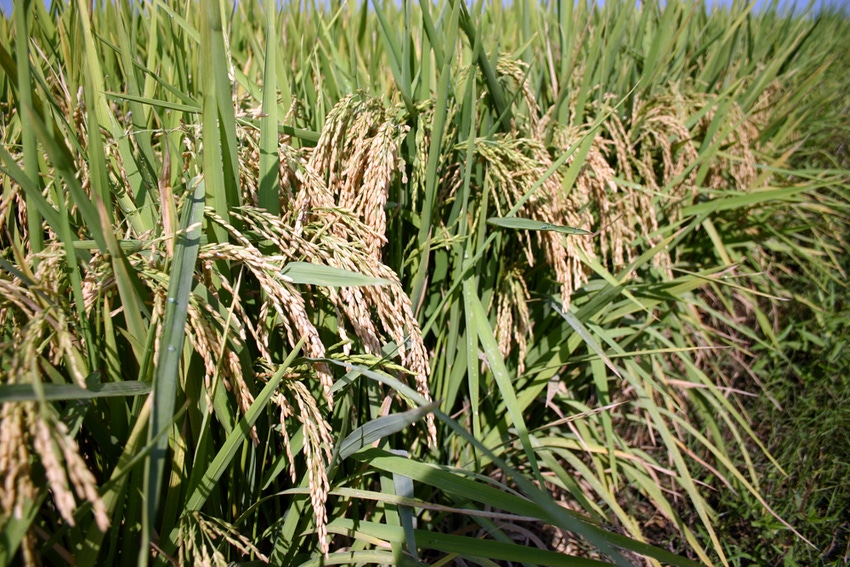June 28, 2012

New research shows that a side dish of white and brown rice might add more than delicious flavor and nutrition to meals. In fact, results of this study presented today at the Institute of Food Technologists (IFT) Annual Meeting, show that white or brown rice provide a high level of satisfaction and fullness, which is important for people trying to control calories, while still enjoying their food.
In the first-ever human clinical study to look at the impact of brown and white rice on satiety, or fullness, researchers at the Department of Food Science and Nutrition at the University of Minnesota compared markers of satiety among 20 normal weight adult men and women who compared the feeling of fullness of 400-calorie breakfast meals of white or brown rice against a 400-calorie standard glucose solution control. Each subject ate three test breakfasts on different occasions, after which researchers assessed hunger and satiety for up to four hours after eating.
The results show that satiety differed significantly among the test breakfasts, with increased satisfaction and fullness seen with both white and brown rice compared to glucose beverage.
“Our results show that white and brown rice provide fullness or satiety, which indicates that either choice can be a great addition to meals or as a snack, as satisfaction can make it easier to control calories,” explained Snow Wang, a research scientist at the University of Minnesota who conducted the study. Further, there were no differences in the satiety values of white and brown rice, suggesting that both can be part of a healthy, balanced, calorie-controlled diet.”
New foodservice ad promotes healthy rice meals
Rice eaters are healthy eaters
This study adds to the growing body of science, including two previous published studies that also show that individuals who consume rice are less likely to be overweight, and have smaller waist circumferences and overall healthier diets compared to individuals who do not eat rice.
Rice is a smart choice for the millions of Americans who are struggling to lose weight or maintain a healthy weight. A half-cup cooked serving of rice has only 100 calories. As rice is usually eaten with other healthy foods, like vegetables, fruits, lean meats and beans, it can help promote a healthy, balanced diet. In fact, a study presented in April at Experimental Biology 2012, in San Diego, showed eating white or brown rice helps improve diet and manage weight and other risk factors for disease. The research, done at Tufts University Friedman School of Nutrition, was based on data from the National Health and Nutrition Examination Survey 2007-2008, and revealed that people who eat rice, including adults and children, consume significantly more folic acid, iron, potassium, vitamins B6, B12, A and D, and consume a lower percentage of calories from fat and saturated fat.
In addition, brown rice is a 100 percent whole grain food and white rice is enriched with important nutrients including iron, and fortified with folic acid.
“There are many benefits to eating rice at meals,” says Anne Banville, vice president, domestic promotion, USA Rice Federation. “It’s delicious, versatile, nutritious and, now, we know it might help with weight management. It’s no surprise that populations in countries that eat the most rice are often the leanest and among the healthiest in the world. Rice is also a budget-friendly food, costing just 10 cents per serving.”
The research was supported by The Rice Foundation.
You May Also Like




